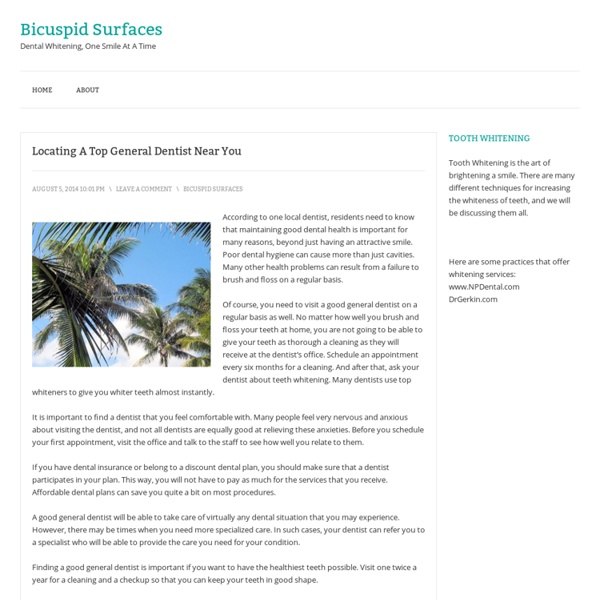



CityEngine Menu Products Esri CityEngine Transform 2D GIS data into smart 3D city models. 30-Day Free Trial → Main Features Getting Started Industries Pricing Try It Free Design a Smarter City Esri CityEngine improves urban planning, architecture, and design. Watch the Video: Build Smart 3D Cities “Turning Zoning laws with CityEngine into vivid three dimensional visualizations, is drastically changing the way we understand and plan our sustainable future environments.” Niels Lehmann, Urban Synergy Group Build Flexible Scenarios Faster Compare and analyze building proposals from every angle. Create Realistic Context See where a proposed building blocks the view, casts shadows, and reflects heat. Share Your Urban Plan Publish your 3D model online. Sign up for a free trial. Esri Home » Products Follow Us Contact Us | Privacy | Legal | Site Map
Stereoscopic Rendering in Blender Update: 13. Jun. 2013 Stereoscopic Rendering in Blender 2.6 How to implement an off-axis camera to produce correct stereo pairs via Python Add-on in Blender Since there is no stereoscopic camera in Blender, I decided to write a python script to implement an 'Off-Axis' stereo camera. This script sets the 'Stereo Window' or zero parallax in Blender and not via postproduction. Download: Download Version 1.6.8 (13. Download Version 1.6.7 (02. Video tutorial (youtube.com) Extra video: How to render a stereo Side-by-Side animation (youtube.com) Camera Types: The Add-on provides all three stereoscopic camera types. Note: to re-calculate the shift of the Off-Axis Camera, click the 'Set Stereo Camera' button 1) if you change the render resolution 2) if you change the camera angle 3) if you change any stereo parameter (if the output is a Side-by-Side: delete the nodes and click 'Add-Nodes' again to get the new size too) Mathematics: 1. Update: 24. Stereoscopic Rendering in Blender 2.49 Example:
Review: 3D Mice with Blender 2.59 Traditionally, most 3D artists use a keyboard and mouse for all their work; many also use a tablet. However, more and more people are beginning to add 3D mice to their arsenal. 3D mice offer a very natural and easy way to navigate 3D space; giving more precise control than a mouse or keyboard ever can. Today I am reviewing three models of 3D mice offered by 3D Connexion; the Space Navigator, Space Explorer and Space Pilot Pro. Each of 3D Connexion’s models are now supported in Blender as of version 2.59. Along with my rundown of the pros/cons of each device, below you will also find a short video overview demoing how to use a 3D mouse with Blender 2.59. Here is another video, created by Studio Lumikuu that was presented at SIGGRAPH to better describe what a 3D Mouse actually is and how it works: My Thoughts on Each Device 3D Connexion was kind enough to provide me with one of each of their three main models; the Space Navigator, Space Explorer and Space Pilot Pro. 01. Pros: Cons: 02. Cons:
Wings 3D | A Polygon Modeler